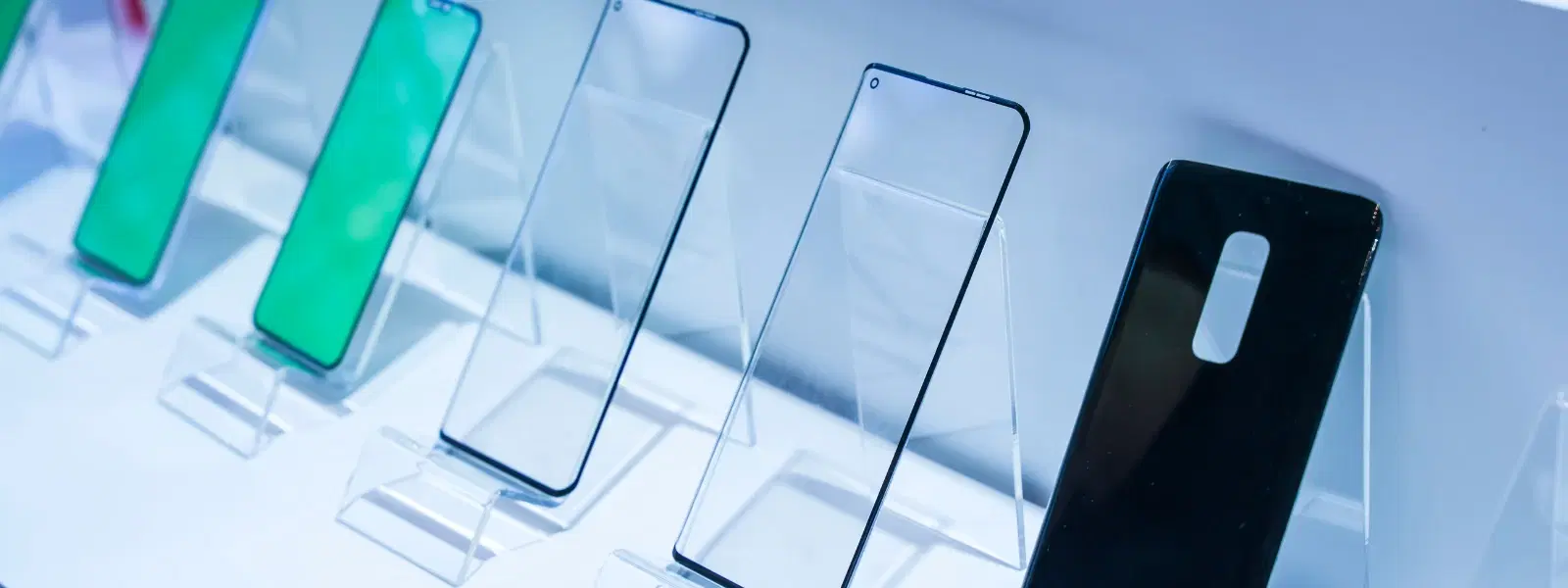
Consumer Electronics
•03 min read
Did you know that a liquid screen protector can make your smartphone screen nearly as tough as sapphire glass? With nano liquid technology, this innovative solution forms an invisible shield on your screen, offering scratch resistance, enhanced durability, and a bubble‐free application. This guide will walk you through a detailed checklist of essentials for using a liquid screen protector, ensuring you enjoy optimal liquid screen protection for your device.
A liquid screen protector is a revolutionary product that uses nano-liquid technology to form an invisible, durable layer over your device’s screen. Terms like liquid glass screen protector and liquid screen coating are often used interchangeably to describe this innovation. Unlike traditional protectors, the application results in a seamless shield that embraces the natural touch of your phone.
Provides scratch resistance
Enhances overall durability
Ensures a bubble-free finish
Compatible with a variety of devices including smartphones and tablets
While traditional tempered glass offers physical protection through a solid overlay, a liquid screen protector forms a molecular layer that maintains the device's original aesthetics. A tempered glass installation might add bulk, whereas a liquid screen shield is ultra-thin and remains invisible, ensuring you retain your device's smooth touch and display clarity.
Before application, it is vital to remove dust, smudges, and oils from your screen. Use a microfiber cloth and alcohol wipes to ensure the surface is impeccably clean. This prevents any particles from interfering with the bonding process of the screen protector liquid.
Inspect your device for existing damage such as cracks or scratches. Confirm that your smartphone or tablet is in good condition and compatible with the liquid screen protector for smartphones. A careful assessment helps guarantee that the product will perform as intended, protecting the screen effectively.
When selecting a product, consider options like nano liquid screen protectors and liquid glass coatings for screens. It is essential to look at factors such as price, durability, and warranty to make an informed decision. A well-chosen liquid screen protector can work in harmony with your device and even enhance the overall user experience.
Ensure a clean, dust-free environment to achieve the best results. Lay out all necessary items such as the application cloth and the bottle of liquid screen protector to make the process smoother.
Follow the guidelines provided with your screen protector liquid. Carefully and evenly spread the substance across your screen. The key is to avoid over-application, ensuring a thin and uniform layer that bonds perfectly with your device.
The curing process is essential for setting the liquid screen coating in place. Allow the protector to cure for the recommended time, which may vary depending on the specific product. Without proper curing, the protective layer may not achieve its full durability.
Pro Tip: "Patience Pays Off!"
Allow your liquid screen protector to cure for at least 24 hours for maximum durability. Skipping this step could compromise the strength of your protective layer.
After your liquid screen shield is fully cured, take care when cleaning your device. Avoid abrasive products and always use a soft cloth for regular cleaning. This will help maintain the invisible layer and ensure consistent protection.
Over time, the effectiveness of a mobile liquid screen protector might diminish. Look out for signs like reduced scratch resistance and then consider reapplication. Regular care is essential to keep enjoying the benefits of liquid screen protection.
One of the advantages of a liquid screen protector is that it typically works harmoniously with most phone cases. There is no need to worry about compromised screen sensitivity or clarity, as the product is designed to complement your device’s natural display.
Not thoroughly cleaning your screen can leave behind particles that hinder proper bonding. Always clean your device carefully to ensure an optimal base for the liquid screen coating.
It can be tempting to start using your device immediately, but giving the curing process its due time is essential. Rushing this step may weaken the protective layer, reducing its effectiveness.
Avoid the temptation to mix your liquid screen protection with other types of screen protectors. This could lead to adverse reactions and compromise the quality of your device’s protective layer.
Most liquid screen protectors last between 6 and 12 months, depending on usage and care.
No, it cannot repair cracks but it does provide a protective layer to prevent further damage.
High-quality liquid screen protectors are designed to maintain the screen’s original sensitivity.
Yes, it offers a hydrophobic layer that repels water and reduces smudging.
It naturally wears off over time, without the need for manual removal, as it bonds seamlessly with the screen.
Liquid screen protectors offer a sleek, innovative way to safeguard your smartphone screen without adding the bulk of traditional tempered glass. This checklist provides all the necessary steps—from preparation and application to aftercare—to help you enjoy the full advantages of a nano liquid screen protector. With careful attention to each step, you can ensure your device receives the ultimate liquid screen protection, maintaining its pristine condition and longevity. Enjoy the added value of NeuCoins rewards and the exclusive benefits available through Tata Neu, making your smart shopping experience even more valuable and hassle-free.